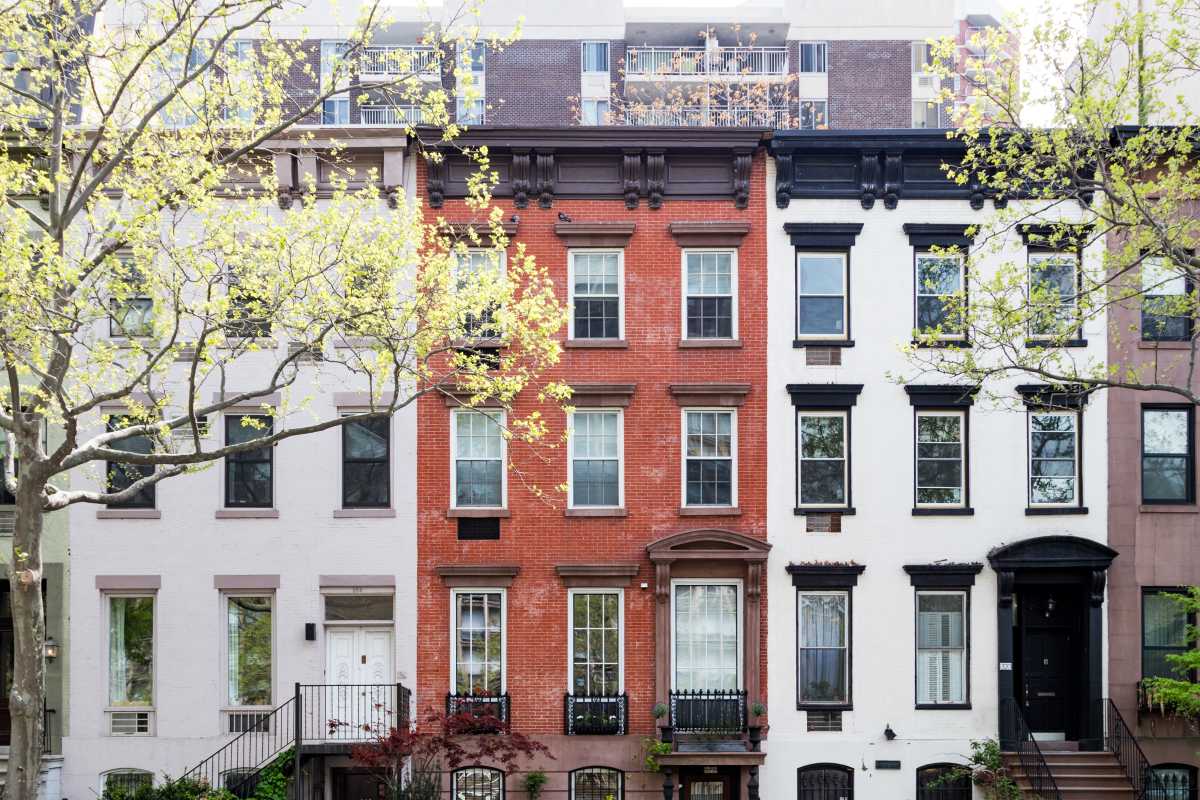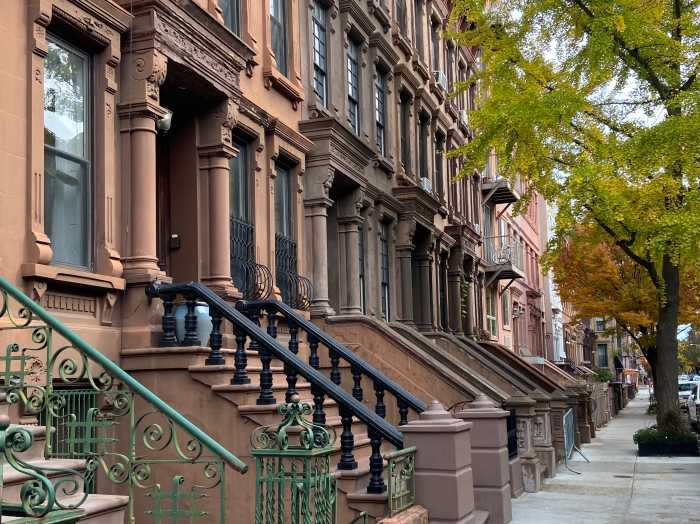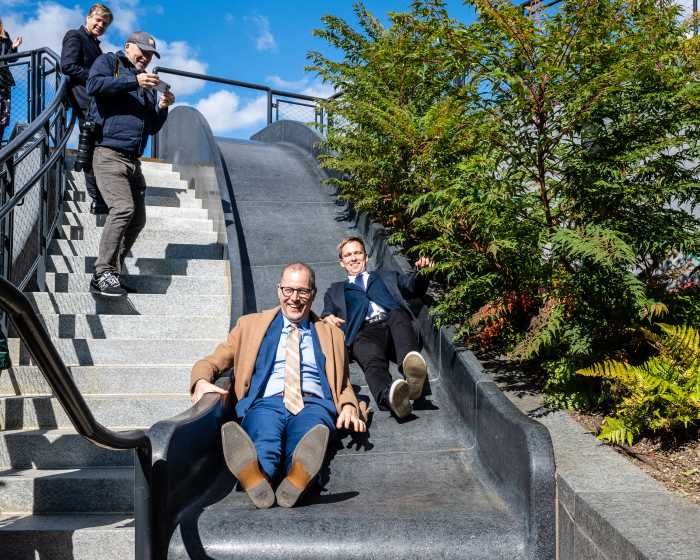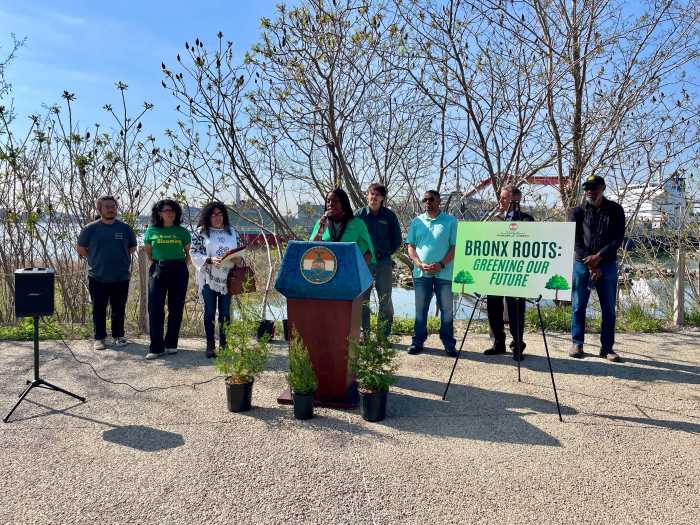The majority of rent-stabilized buildings were built before 1974 and are privately-owned. They are small businesses that need clearly-written laws to minimize legal risk, and regulations that allow them to make a reasonable profit, or at least get a return on investment.
The changes to the Individual Apartment Improvement (IAI) program in the state budget provide neither.
There is no certainty in the process by creating a new convoluted system that opens owners up to massive legal liabilities if they file for an IAI. How does one determine if a unit is in “substandard” condition? Or if appliances have reached their useful life?
Additionally, the financial changes are so minimal, they won’t move the needle for most property owners; only allowing for half the cost of gut renovation to be recovered and at a twelve year payback before considering interest or inflation. It is not surprising that in 2023, fewer than 4,000 IAI’s were filed with the Division of Housing and Community Renewal (DHCR). It is a safe bet that number will not change in 2024.
To better understand the problem, let’s take a closer look at what happened over the past five years.
In 2019, the legislature implemented strict vacancy control on rent-stabilized apartments. On turnover, an owner could only collect a rent increase of $83, no matter how much work was needed. This simply didn’t work for tens of thousands of apartments where necessary renovation costs were closer to $100,000 per apartment.
In older rent-stabilized buildings, tenants live in apartments for a very long time. It is common to hear of tenancies for 20 years or more. When they move out, the apartments need upgrades.
Every building built before 1960, which is nearly three-quarters of all rent-stabilized buildings, is subject to lead-based paint laws, which added more turnover requirements in 2021. On turnover, the owner has to remove all traces of lead-based paint. In a one-bedroom apartment, this process costs between $25,000 and $50,000.
Once the lead paint is removed, new walls, floors, and ceilings have to be put back in place. Plumbing and electrical systems need to be replaced as well, since they are at the end of their useful life. All together, including permits, properly licensed and certified workers, and other professional fees, the cost approaches $100,000 in most apartments.
The new IAI reforms would allow a property owner to increase the rent by $347. That’s not nearly enough for a bank to lend money for the renovation. The most a bank would lend on a $347 increase is $25,000, at the standard 7-year repayment with interest. The property owner would have to come up with an additional $75,000.
That $75,000 will never be recouped, due to inflation, high interest rates, and the Rent Guidelines Board (RGB) consistently advancing rent increases that don’t keep up with operating costs. The math just doesn’t work. Tapping a building’s reserves to do this work would be dangerous, since it reduces available funds for a boiler replacement or roof repairs. Investing personal capital is also folly, since there are many places where that investment would yield better returns.
This is just the economics of the IAI changes. The other concern with the new IAI law is the additional bureaucratic hurdles that have been put in place. The law directs DHCR to implement a new system for IAI processing. So even if an owner chooses to do an IAI, follows DHCR guidance and gets approval, they could still be subject to massive overcharge liability in the future.
This is because the law is written in a very opaque manner. DHCR guidance can, and likely will, be challenged in court. If the courts determine that the regulatory agency gave property owners the wrong guidance, it is the property owners on the hook for massive overcharges. This is not hyperbole, this has already been happening since a 2009 court decision.
The IAI bill passed by the state legislature and signed by the governor is following the same playbook. It intentionally gives DHCR wide-ranging power to implement rules and regulations while maintaining liability for owners if DHCR is wrong.
This means the IAI system is functionally dead to property owners as an avenue to invest in their properties. Vacant apartments that don’t need large improvements will be turned over and rented. Those that need upgrades will continue to sit empty.
As long as tenant attorneys are the ones drafting the laws in Albany, and lawmakers continue to defer to groups with no interest in preserving the financial well-being of affordable housing providers, then legislative changes will continue to hurt property owners and, in the process, fail renters who would benefit the most from increasing the supply of housing.
Jay Martin is the executive director of the Community Housing Improvement Program (CHIP).




































